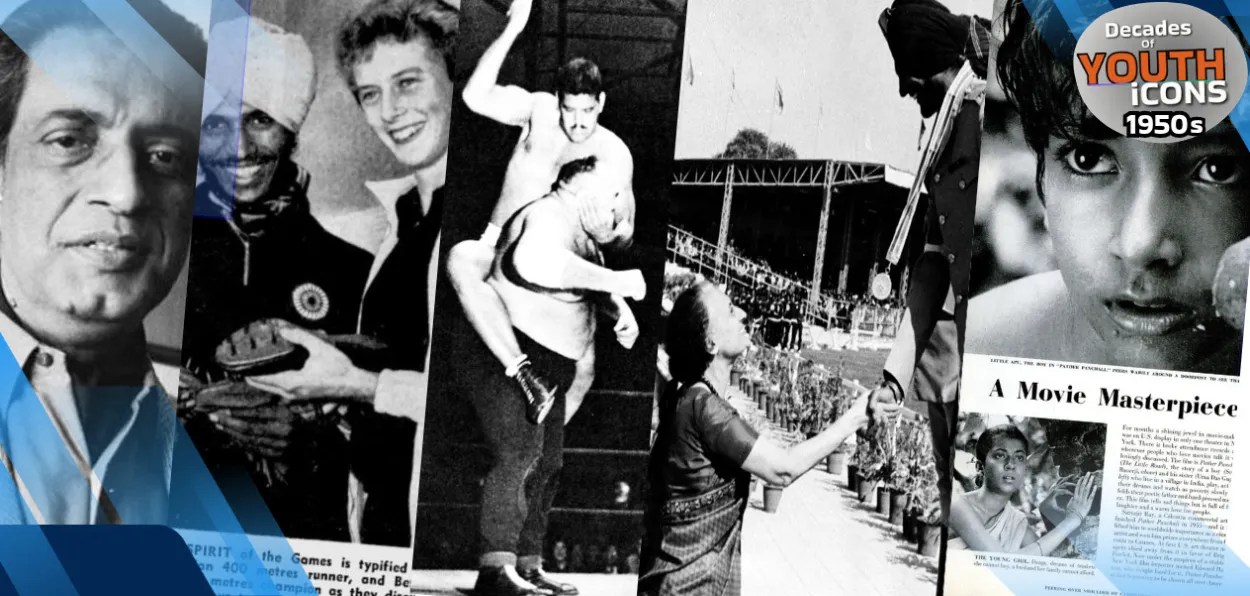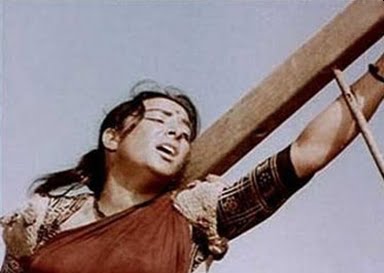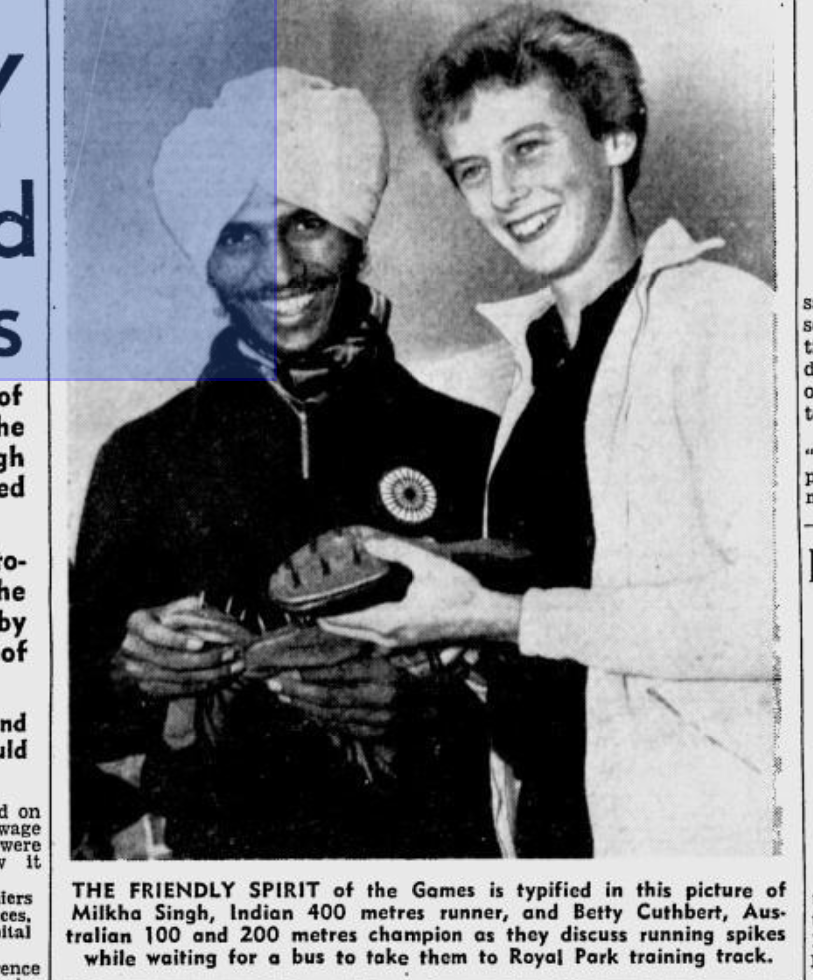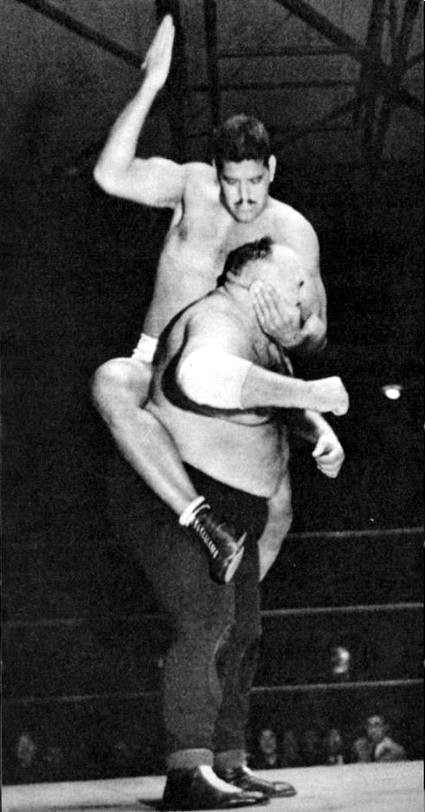
Saquib Salim
The 1950s, as the first decade after independence saw India go through its first general elections. The period also saw the emergence of art, films, sports, and education from the shadows of colonial rule. The newly independent nation needed new heroes to follow and new ideas to idolise.
Here is my selection of five youth icons from the decade.
Nargis Dutt
What should an ideal Indian woman be like? The answer for most of us would be - Mother India, a role essayed by Nargis in the film of the same name. Before her 20th birthday, Nargis had cemented herself as the undisputed queen of Indian cinema with the success of Andaz and Barsaat in 1949. Awaara (1951) ensured that her popularity would reach outside India. Nargis, along with Raj Kapoor, became stars in the USSR. During their tour to the USSR in 1954, police found it impossible to control the crowds at their shows.

During her visit to Hollywood in 1952, The Times-News reported, “One of the world's top movie stars is a shapely brunette who has millions of fans and pulls down $100,000 per movie - but Americans never heard of her. Nargis, the No. 1 film queen of India, is in movietown today with a goodwill delegation of Indian stars and producers.”
Milkha Singh
In a country where Hockey was the ultimate sport, closely followed by Cricket during the 1950s, Milkha Singh gave people a reason to celebrate track and field events. During the 1950s, Milkha Singh dominated the 200m and 400m races in India, holding the national records and winning the Gold medals at the Asian Games and Commonwealth Games. He represented India in the 1956, 1960, and 1964 Olympics. The whole country cheered him for a Gold medal at the Rome Olympics in 1960, where he was a strong contender. If that were a normal race, he would have won it, but the day saw several records broken, and he remained a close 4th.

The finals were held a day after the semi-finals, which was a departure from previous Olympic procedure, for in past Olympiads the semi-finals and final were run on the same day. Otis Davis of the USA and Carl Kaufmann of Germany tied at a World Record 44.9 seconds. A photo finish established that Davis was ahead of Kaufmann by 1/100th of a second. Mal Spence of South Africa and Milkha also almost tied at 45.5 and 45.6 seconds, and Flying Singh couldn’t win an Olympic Gold. But Milkha gave India a hero to celebrate and an idol for the athletes to follow.
Raj Kapoor
K. A. Abbas recalled in his memoirs, “In the autumn of 1954, the entire Soviet Union was shaken by a minor revolution. It was caused by a young Indian in ill-fitting Western clothes, a tramp by his appearance, a pickpocket by profession, but a gay, compassionate, and rather romantic character, like all vagabonds, who went about singing “Awara Hoon ” — A Tramp Am I! This strange character overnight became the most popular figure in the country, people stood in queues for hours, in rain and later in the snow, to see him and to hear him sing, yet the tramp was only a shadow, a character in a film.”
Raj Kapoor was a phenomenon that had hit the Indian as well as the Russian youth hard. He was not a mere entertainer, with his team of K. A. Abbas, Shailendra, Mukesh, Shankar-Jaikishan, etc., Raj Kapoor brought a silent socialist revolution among the educated youth. The foundation on which the later socialist movements stood in India was laid by many, and he was certainly one of them. His films talked of social issues and class struggle with a humane touch. During the 1950s, he was an undisputed idol of the Indian youth.
Dara Singh
In the North Indian Hindi belt, Dara Singh is a generic term used for any strong man. Born in 1928 in Punjab, Dara Singh took the world of professional wrestling by storm in the early 1950s. He defeated every prominent wrestler of the time, like Bill Verna, Firpo Zbyszko, John Da Silva, Rikidōzan, Danny Lynch, Ski Hi Lee, and King Kong. In 1954, he was crowned Rustam-i-Hind. What added to his popularity was his starring in films as an action actor. A wrestler who remained undefeated in professional wrestling and won the Commonwealth and World Championships inspired youngsters towards fitness and health.
 Dara Singh Vs King Kong
Dara Singh Vs King Kong
Mohammed Hanif in Wrestling Revue noted, “This new era has just as many fans, or perhaps even more, thronging the wrestling arenas all over India. Their new idol, the hero of millions, is the famous Indian champion, Dara Singh…. But Dara Singh is the kingpin of Indian wrestling. Without him, the stadiums are silent and empty. His younger brother, Randhawa, who holds the Star of India championship, runs second to big brother Dara….
Both brothers toured England recently and cleaned up all the opposition. They even challenged the audacious Bhollu Pahelwan of Pakistan. But Bhollu wants no part of Dara Singh and pushes brother Akram to face the Indian champion. But Dara Singh wants Bhollu, and only Bhollu, alone in the roped square of the wrestling ring.”
Satyajit Ray
.jpg)
Can someone call themselves a serious student of cinema if they haven’t followed Satyajit Ray and his films? A young man in Bengal, Satyajit Ray, started making a film in the early 1950s with apparently little money or experience in filmmaking. He gathered several amateur film enthusiasts with him to shoot Pather Panchali, based on a Bengali novel of the same name. The film was shot without a proper screenplay and with little money over more than two years.
The film by a 35-year-old came to be recognised in Europe as one of the finest pieces of cinema the world has seen. The film was followed by Aparajito, which proved to be a bigger success. The young aspiring filmmakers had an idol to follow, Bengal had got a role model after the demise of Rabindranath Tagore, and India had an international celebrity to prove that this newly independent nation was second to none.
ALSO READ: 5 icons of the 1940s who made Indians proud and dream big
Satyajit Ray’s influence on Indian cinema and culture is non-debatable.
